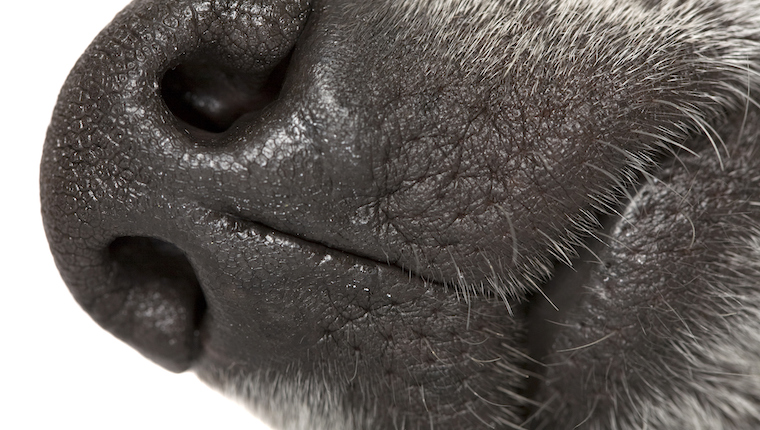Dogs are one of the most genetically diverse species on Earth. From the humble Chihuahua to the majestic Great Dane, we get to see a rainbow of sizes, coats, forms, and colors. Even dog lips come in different shades. Some are light pink. Others have piebald patterns. The Chow Chow even has a blue tongue!
And of course, so many of our pups have black lips. Where did that color come from? And does it affect our furry friends in any way dog parents should know about?
A Genetic History of Dog Lips
Dog lip color is influenced by a few factors. First, there is a function of genetic make-up. Your dog’s lip color will be controlled by its genetic ancestry. In this case, if two black-lipped dogs breed together, you’re more than likely going to get puppies with — you guessed it — black lips and noses.
With that aside, let’s talk about your dog’s body. Specifically, let’s focus on what makes the skin black. Melanocytes are special cells in the body that produce melanin. Melanin creates pigmentation in your dog’s skin, nails, and hair — and ours, too.
Specific forms of melanin create different colors. Black is the most dominant gene for color in domestic dogs, but there are also brown, gray, and even white pigmentations. Higher levels of melanin mean generally darker pigmentations.
Darker pigmentation protects sensitive exposed areas from sunlight. Besides that, it also protects from the effects of solar radiation.
Are Black Lips Linked to Illness?
Fortunately, there’s no evidence of any links between lip color and disease risk. However, it’s good to be aware of any changes in pigmentation, especially any sudden loss of pigmentation.
While some breeds experience seasonal changes in pigmentation, any unusual change or loss of color could be a symptom of another, more serious issue. Vitiligo is a disease that causes dogs to lose pigmentation in their skin and hair. Fortunately, the depigmentation is only cosmetic and won’t affect your dog’s health.
If, however, the loss of color is accompanied by any redness, inflammation, scabbing, or lesions, these could be signs of bacterial infections or even cancer. Consult your vet if these symptoms appear.









